Overview of the topic:
The analysis of ligature evidence holds immense significance in forensic investigations
involving suicides, strangulations, and choking incidents. In recent years, touch DNA
analysis has emerged as a powerful tool in the field, allowing forensic experts to detect and
identify DNA traces deposited on ligatures. This study focuses on utilizing touch DNA
analysis to differentiate between suicides and strangulations by comparing the recovery of
DNA from ligatures used in hanging and strangulation cases. By exploring the potential of
touch DNA analysis on various surfaces commonly encountered in ligature scenarios, this
research aims to enhance our understanding of DNA recovery and contribute to the accuracy
of forensic investigations.
In forensic investigations involving suicides, strangulations, and choking incidents, the
analysis of ligature evidence plays a critical role in determining the circumstances
surrounding these cases. The emergence of touch DNA analysis has opened up new avenues
for forensic experts by enabling the identification and recovery of DNA traces on ligatures.
This study aims to distinguish between suicides and strangulations by comparing the recovery
of touch DNA deposited on ligatures used in hanging and strangulation cases.
Abstract of the dissertation:
To conduct the study, seven different types of surfaces commonly encountered in ligature
scenarios were selected: nylon braided charger cable, electric cable wire, gas pipe, jute rope,
leather belt, semi-synthetic fabric, and plastic rope. These surfaces were chosen based on
their wide availability and potential relevance to real-life situations. The study involved
volunteers holding each surface for a standardized duration of five minutes. The double
swabbing method was employed to collect touch DNA samples from the surfaces.
To extract the DNA, the organic-phenol chloroform method was utilized, followed by
quantification using a UV-Visible Spectrophotometer. The results demonstrate the successful
extraction of DNA from all seven surfaces, although variations in DNA quality were
observed. Among the surfaces tested, jute rope exhibited the highest yields and absorbance at
260/280, indicating superior DNA recovery.
The findings of this study highlight the feasibility of touch DNA analysis on ligature
evidence in distinguishing between suicides and strangulations. By identifying and
quantifying DNA traces on ligatures, forensic experts can provide valuable insights into the
circumstances surrounding these incidents. Understanding the variations in DNA quality
across different surfaces contributes to the development of effective forensic protocols and
enhances the accuracy of investigative processes in cases involving ligature evidence.
Name: Kareena Makroo
M.Sc. Forensic Science- Batch 2021-2023
Contact: kareenamakroo@gmail.com
Supervisor- Shreya Arora

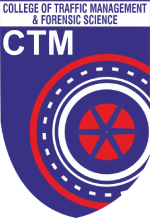
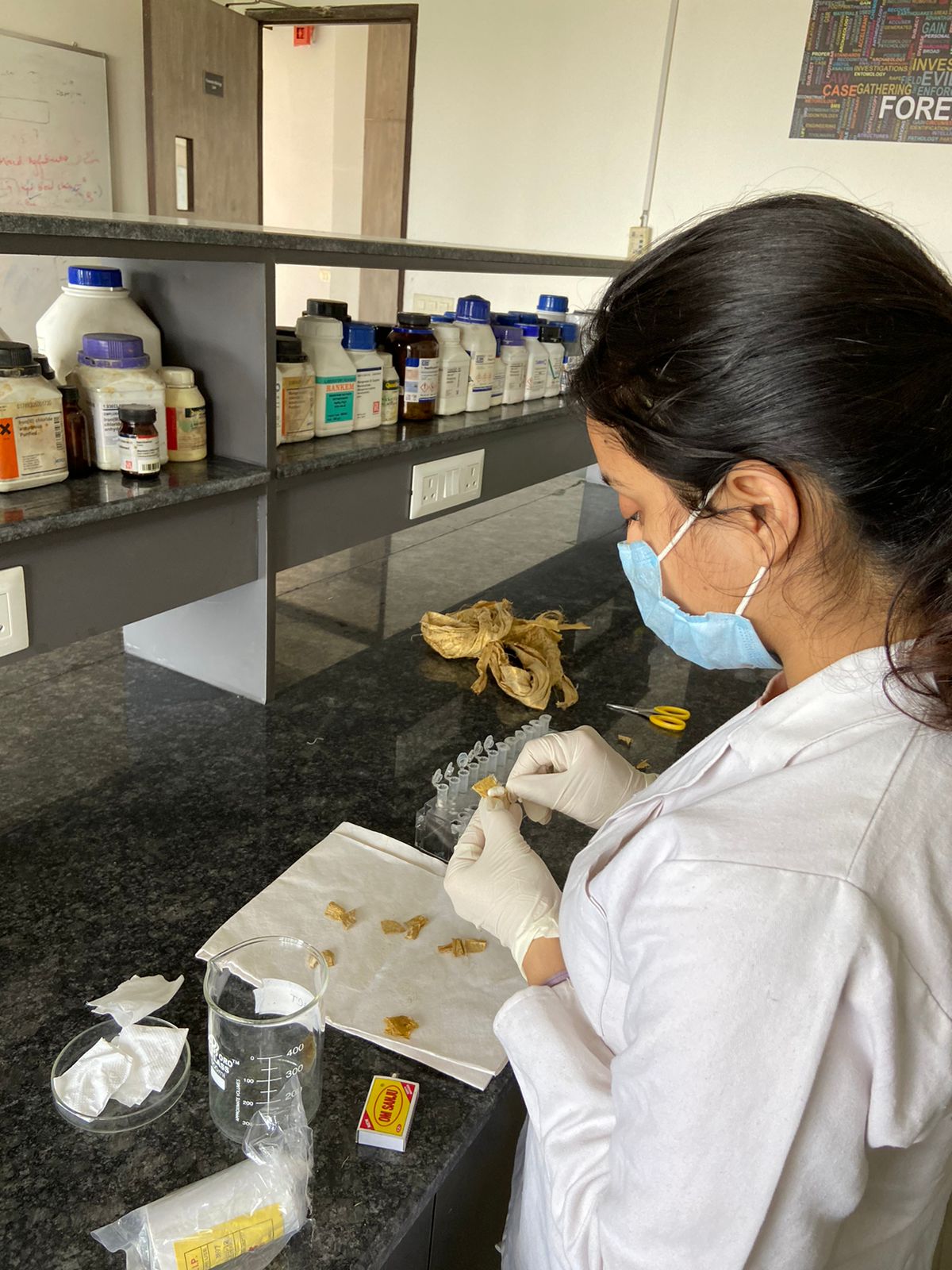
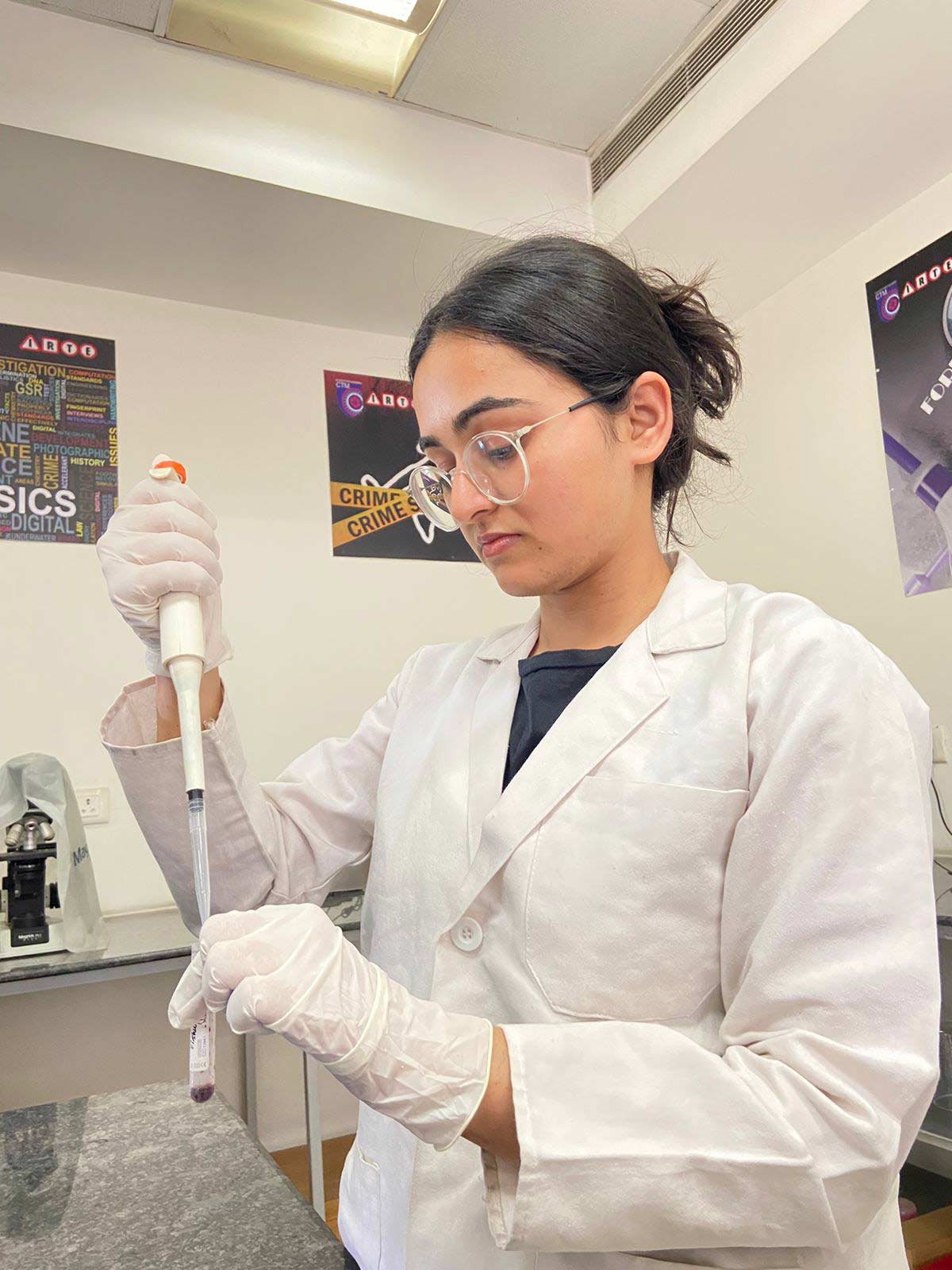
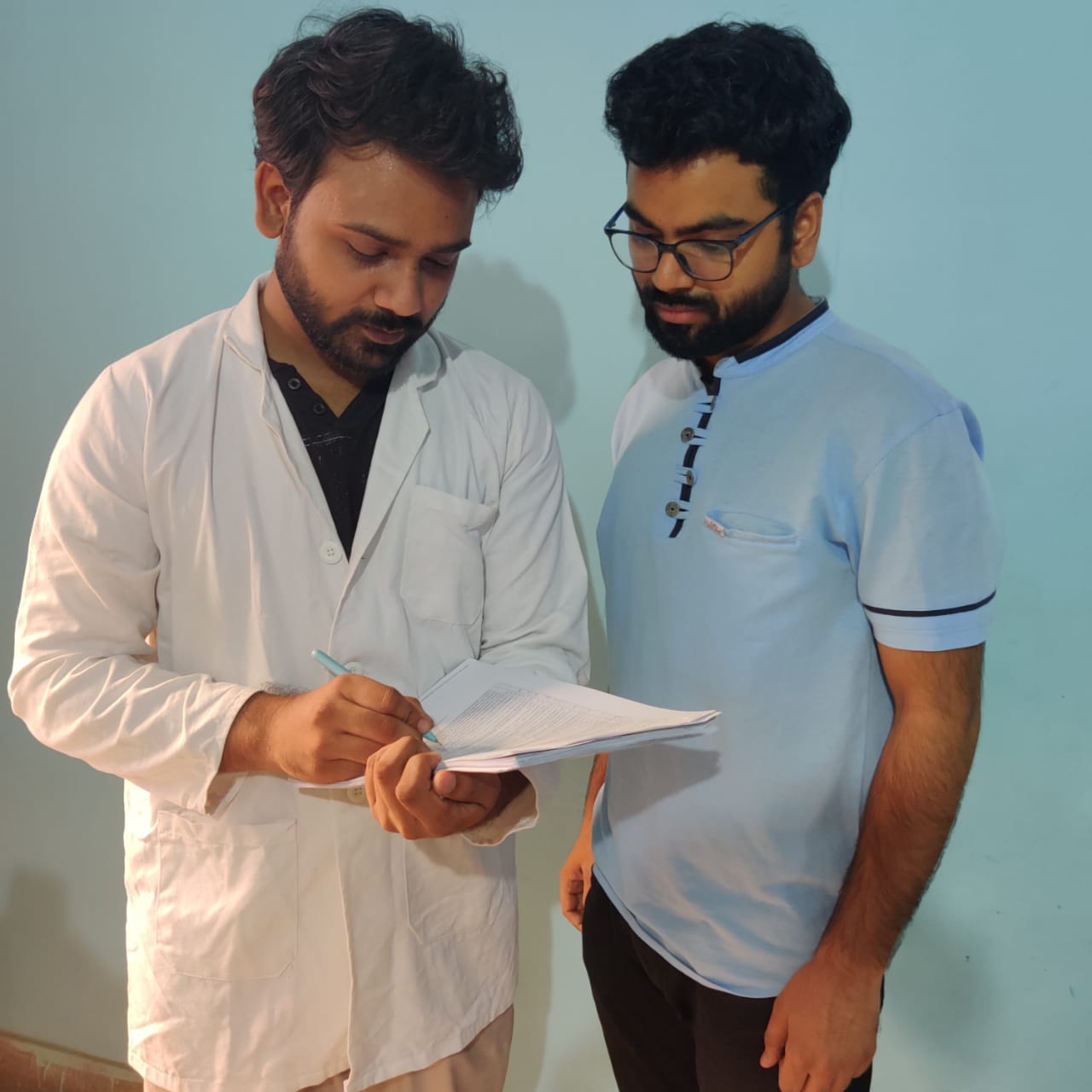
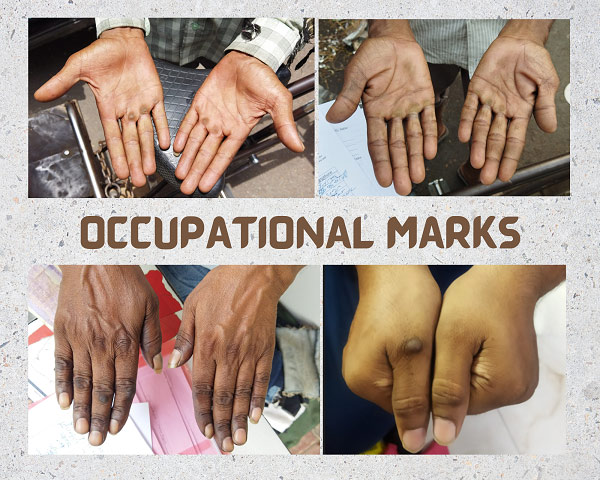
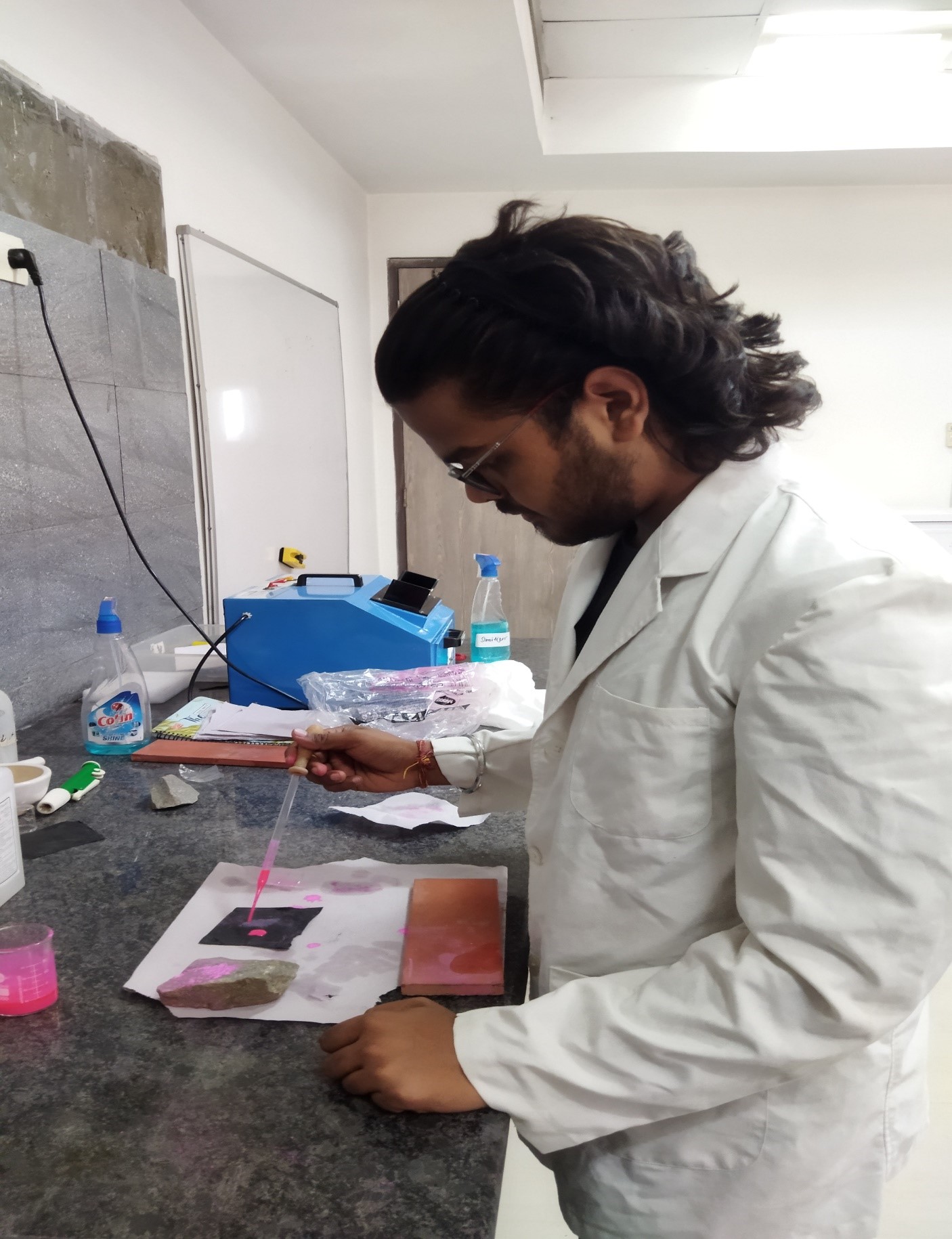
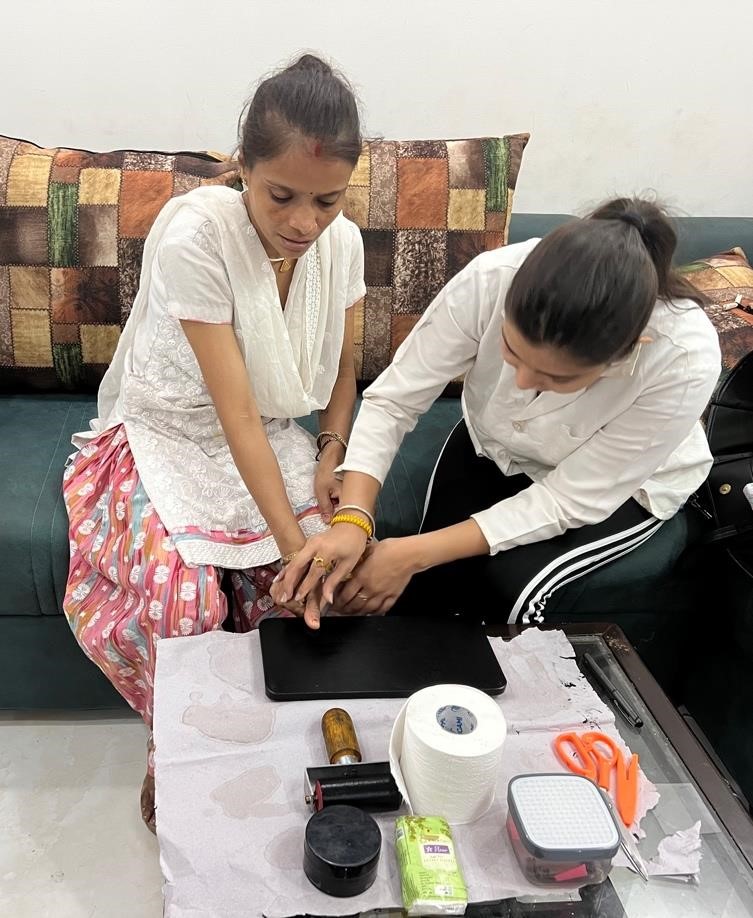
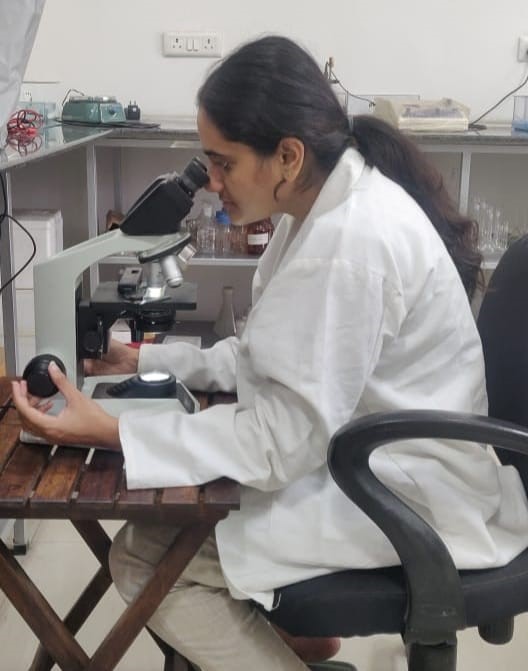
No Comments